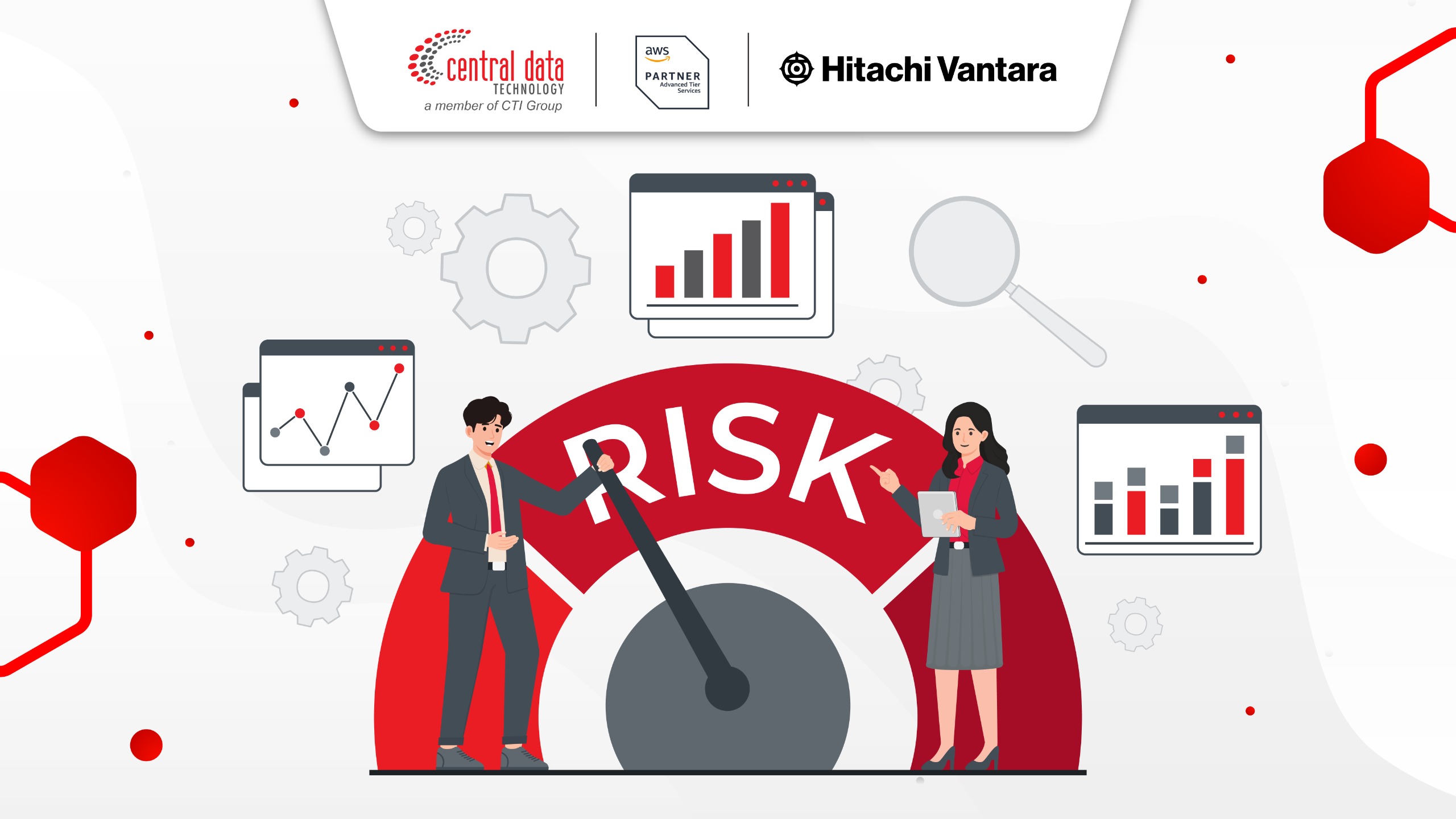
Business continuity plan (BCP) is the lifeline that keeps organizations operational during major disruptions—be it natural disasters, cyberattacks, or critical system failures. Unfortunately, many companies still underestimate its importance.
In fact, according to the Federal Emergency Management Agency (FEMA), 90 percent of businesses without a continuity plan fail within one year of facing a disaster. This statistic makes it clear: lack of preparation doesn’t just pose a risk—it can be the downfall of your business.
Furthermore, a report from Investopedia emphasizes that BCP plays a crucial role in minimizing downtime and accelerating recovery. Without a structured strategy, even minor disruptions can have a massive impact—resulting in lost revenue, damaged reputation, and broken customer trust.
What is Business Continuity Plan (BCP)?
Business continuity plan (BCP) is a strategic process that organizations undertake to ensure their operations can continue or be quickly restored in the event of disruptions or disasters, such as natural catastrophes, cyberattacks, system failures, or pandemics. BCP involves identifying risks, developing emergency procedures, and assigning roles and responsibilities for crisis response.
BCP is not only about responding to emergencies—it’s also a preventive effort aimed at minimizing financial losses, service interruptions, and reputational damage. In practice, BCP often includes disaster recovery planning, backup work locations, and emergency communication systems to maintain operational continuity and customer service.
Why Your Business Need Business Continuity Plan (BCP)?
Without a BCP, your organization is highly vulnerable in the face of a crisis. In today’s digital landscape and uncertain global climate, operational disruptions can stem from numerous sources—cyberattacks, IT system failures, natural disasters, or supply chain breakdowns. A BCP allows businesses to respond proactively rather than reactively to these challenges.
Having a BCP enables companies to minimize downtime, maintain stakeholder trust, and ensure a structured, rapid recovery. Furthermore, a BCP demonstrates organizational preparedness, which can be critical for meeting compliance requirements and auditing operational requirements in certain industries.
Objectives of Business Continuity Plan (BCP)
The primary goal of a Business Continuity Plan is to ensure uninterrupted business operations during emergency situations and reduce the impact of unforeseen disruptions. Furthermore, the other objective of BCP is to keep essential services operational during a crisis.
BCP also ensures the security of data and IT infrastructure. On the other hand, BCP can also provide clear guidelines to teams during emergencies and accelerate operational and financial recovery processes.
Benefits of Business Continuity Plan
Business continuity plans offer strategic advantages for companies, particularly in managing operational disruptions or unexpected crises. One of its primary benefits is ensuring continued business operations even in the face of natural disasters, technological failures, or cybersecurity incidents.
With a clear and well-documented plan, companies can minimize operational downtime and maintain essential functions without significant delays. BCP also helps reduce financial losses and sustain cash flow during disruptions.
Additionally, a strong continuity plan builds trust with customers and business partners by demonstrating the company’s commitment to risk management and service reliability. From a compliance standpoint, many industries require BCP implementation as part of their regulatory and operational safety standards.
Business Continuity Plan vs Disaster Recovery Plan
Business continuity plan and disaster recovery are often considered to be two similar things with different focuses and scopes. BCP focuses on overall business operations, detailing how all organizational functions—including human resources, business processes, and supply chains—can continue during and after a crisis. It includes preventive measures, mitigation strategies, and alternative operational procedures.
In contrast, Disaster Recovery Plans specifically address the recovery of IT systems and data following a disaster. DRP covers data backups, server restoration, and the rapid return of IT infrastructure to normal operations. In essence, BCP ensures the business keeps running, while DRP ensures that critical technology systems are restored swiftly.
Steps to Implement Business Continuity Plan

The effective implementation of a business continuity plan needs a sistematic and well-structured approach. The first step is to conduct a Business Impact Analysis (BIA) to identify critical business processes and evaluate the potential impact of disruptions.
This is followed by a risk assessment to determine the most likely threats and their effects on operations. Next, companies should formulate mitigation strategies and procedures, including emergency communication plans, remote work protocols, and backup resource mapping.
Then, develop a formal BCP document that outlines roles, responsibilities, and detailed action steps during a crisis. Finally, regular testing and drills are crucial to ensure team readiness and the effectiveness of the plan in real-world scenarios.
IT Solutions for Business Continuity Plan
For effective implementation of business continuity plan, Central Data Technology (CDT) offers advanced solutions from AWS and Hitachi Vantara to help your business operations during critical moments.
AWS Elastic Disaster Recovery
AWS offers business continuity plan solution through AWS Elastic Disaster Recovery (AWS DRS, enabling the rapid recovery of on-premises and cloud-based applications with continuous block-level replication. Replication occurs in a cost-effective staging area, helping organizations avoid idle recovery infrastructure while remaining prepared for unexpected disruptions.
AWS DRS supports recovery within minutes, using either the most recent data state or a previous point in time. This solution simplifies the end-to-end disaster recovery process—from testing and recovery to failback—without requiring specialized skillsets.
Built-in automation allows seamless configuration, monitoring activation, and cleanup of drill resources. With features like automated network replication, post-launch actions, and recovery into existing instances, AWS stands out as a highly efficient and reliable option for organizations seeking to ensure business continuity without incurring heavy operational costs.
Hitachi Vantara Data Protection & Cyber Resiliency
Hitachi Vantara offers a robust business continuity solution with layered data protection and flexible replication across hybrid and on-premises environments. With 24/7 storage availability, organizations can maintain access to mission-critical workloads even during disruptions.
The solution is also equipped with built-in cyber resiliency, ensuring data remains safe, intact, and compliant even under cyberattack scenarios. Key advantages include continuous replication and automatic failover, enabling rapid service restoration with low RTO/RPO, and centralized disaster recovery management for simplified testing and orchestration of ongoing business operations.
Features like immutable backups, air-gapped vaults, and validated recovery paths—backed by Hitachi’s Cyber Resilience Guarantee—offer end-to-end defense against ransomware and unplanned outages, while assuring data integrity and operational continuity for enterprise environments.
Also Read: Why Every Company Needs Business Analytics to Accelerate Business?
Get Business Continuity Plan Solutions Only at CDT
Central Data Technology (CDT) as part of CTI Group, offers a range of business continuity plan solutions from AWS and Hitachi Vantara to help your business continue operating during and after a crisis. Now is the time to develop strategic plans to prepare your business for operational disruptions and unexpected crises while ensuring your data remains secure and protected.
Click this link to contact the team and begin the consultation process. Our team will assist you in implementing the right business continuity plan solutions.
Author: Ervina Anggraini – CTI Group Content Writer

